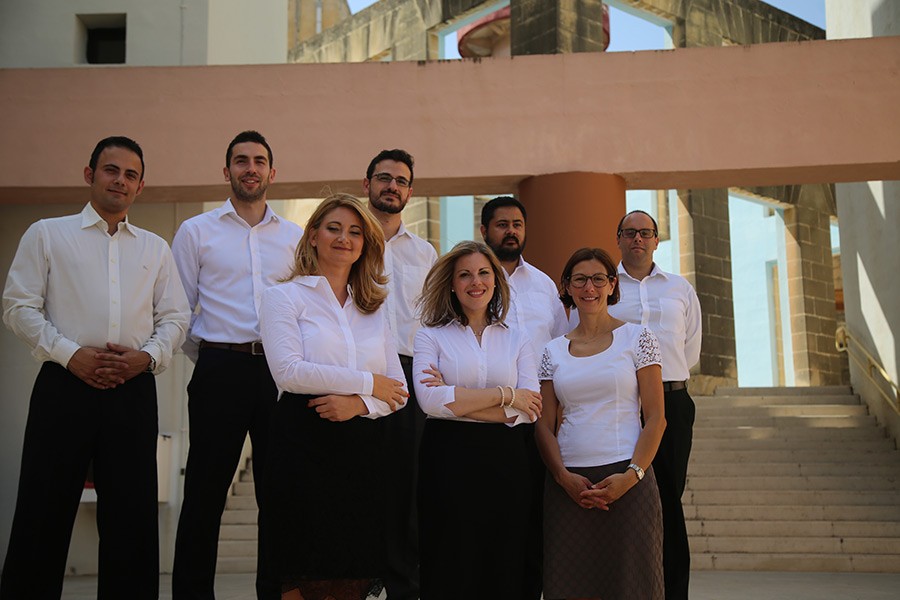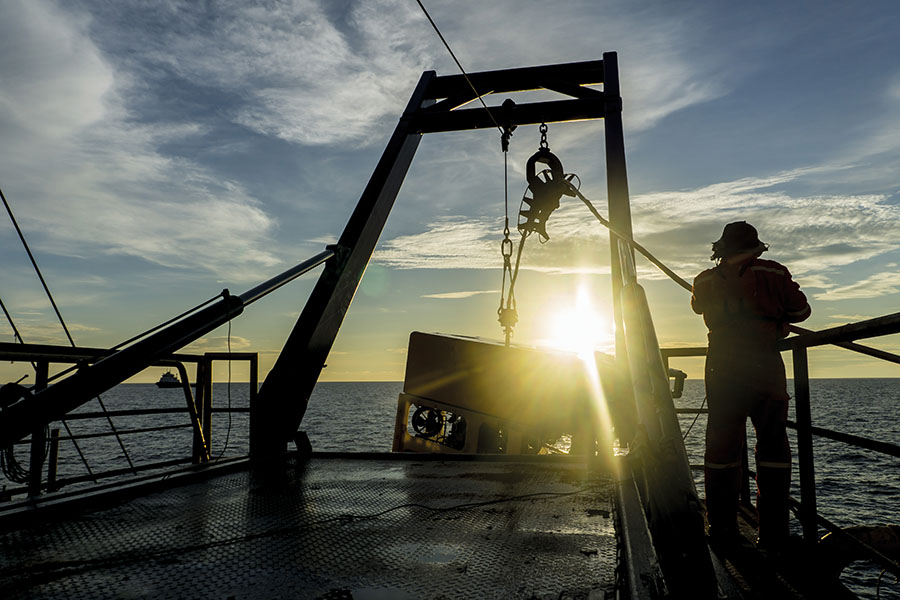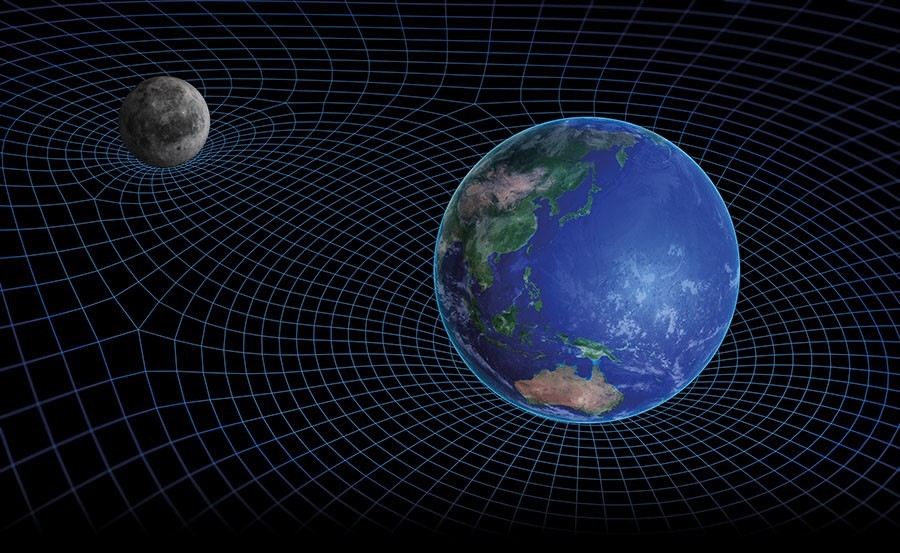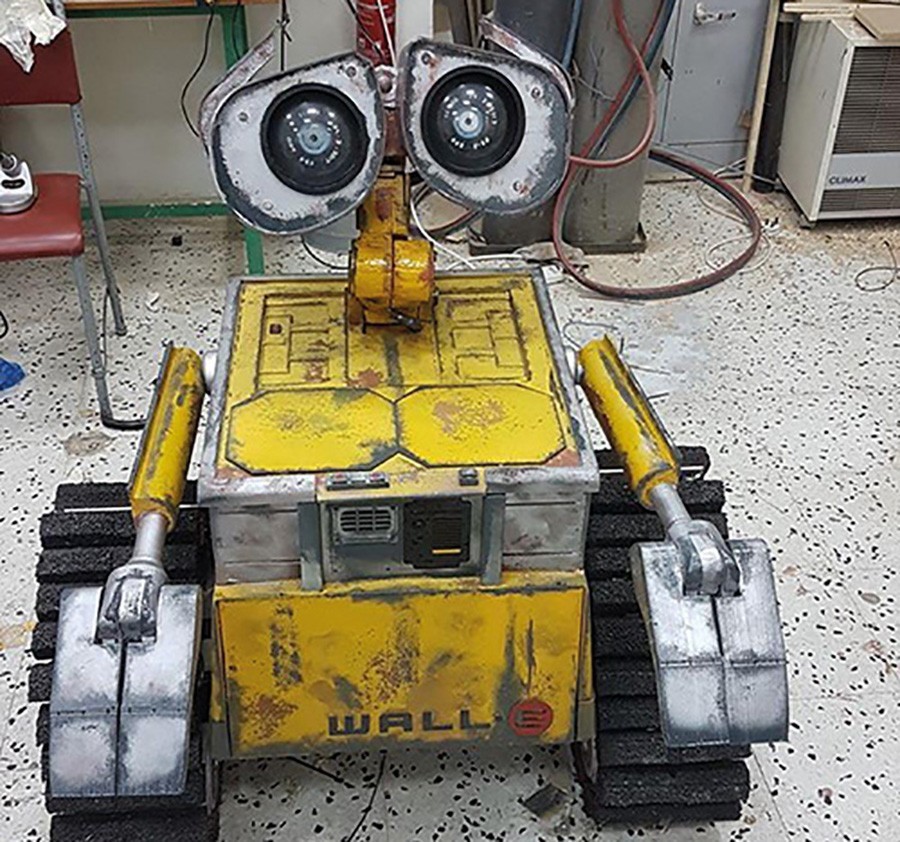Researchers from the University of Malta are descending on the House of Representatives for the Science in the City festival. Here is a selection of their work, ranging from Malta’s first space mission to achieving earlier breast cancer diagnoses.
An eye on the sea
Continuous measurement and analysis of marine conditions in real time is allowing local users to better understand the short and long-term implications of the changing sea. Prof. Aldo Drago writes.
University Maritime Platform: Connecting Professionals
The University Maritime Platform, a dedicated space for all those interested in the sea and the work happening around it. Prof. Claire De Marco writes.
Cycling for research
As the ALIVE Charity Foundation gets ready for the next edition of the RE/MAX ALIVE Cycling Challenge for Cancer, Chairperson Nicky Camilleri tells us why, year after year, they continue donating funds towards cancer research.
Words by Iggy Fenech for RIDT.
Every year for the past four years, dozens of cyclists have committed themselves to training for 16 weeks, cycling over 1,000km in just one, and raising a minimum of €2,400 which is donated to cancer research. These cyclists are leaving behind a legacy.\
History beneath the blue
Many would say that Malta’s rich history is evident for all to see. From Mdina to Mnajdra, much of the island’s past is present and tangible in our everyday lives. But what heritage is still hidden? Dr Timmy Gambin writes about the efforts made to bring to light the history beneath the waves.
Paving the way for underwater explorations
Nearly two-thirds of the Earth is covered in water. Yet we know more about the surface of the moon and Mars than we do of our own ocean floor. Humans have an understandable fear of water and desire to remain safe on land. The oceans are formidable places requiring sophisticated equipment. Even more dangerous is exploring uncharted areas.
Understanding gravity to understand the universe
For a primate species clinging to a speck of dust in an incomprehensibly vast universe, curiosity has seen humans discover a great deal about how it all works. However, there are still mysteries that the cosmos is reluctant to relinquish, one of which is gravity. The most accurate theory describing gravitational attraction is general relativity, developed by Albert Einstein in 1915. Unlike Isaac Newton, Einstein did not describe gravity as a force, but rather a manifestation of the curvature of spacetime, thought of as a stretchable and squeezable fabric that is distorted by matter. However, his theory does not fully explain phenomena such as the accelerating expansion of the Universe and inconsistent orbital speeds of stars within galaxies.
Wall-E: Ta-dah!
Think sci-fi, think robots. Whether benevolent, benign, or bloodthirsty, these artificially-intelligent automatons have long captured our imagination. However, thanks to recent advances in mechanical and programming technology, it looks like they are set to break the bonds of fiction.Continue reading





